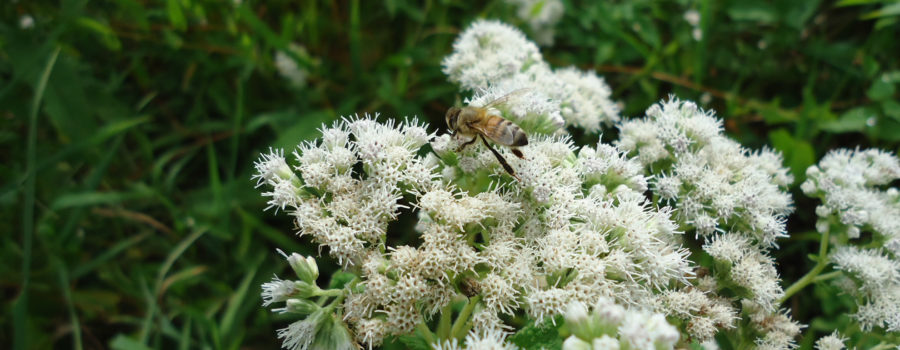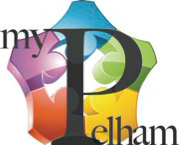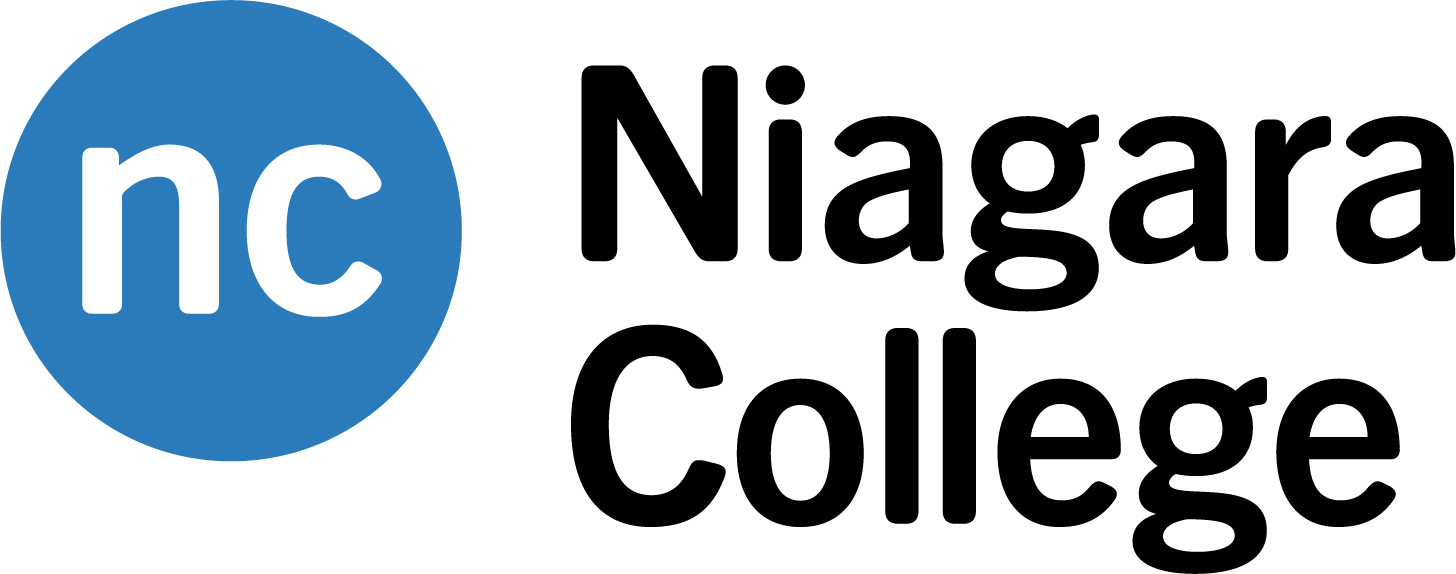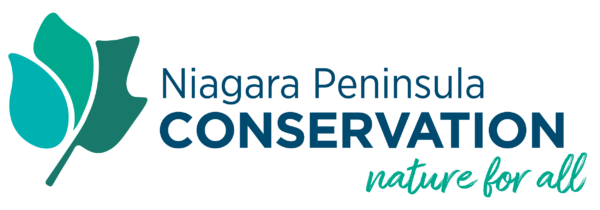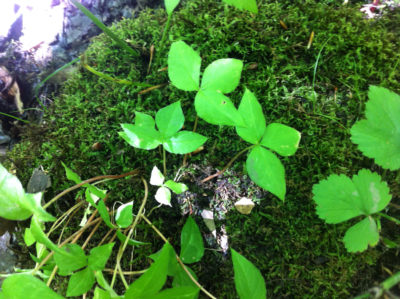 Do you know what citizen science is? It’s simple: any observation or measurement taken and reported by someone who is not a scientist by profession can have value! Many of us are citizen scientists without even knowing. For example, if you participate in the Christmas bird count or add your observation of a monarch butterfly in your garden on eButterfly, you’re a citizen scientist!
Do you know what citizen science is? It’s simple: any observation or measurement taken and reported by someone who is not a scientist by profession can have value! Many of us are citizen scientists without even knowing. For example, if you participate in the Christmas bird count or add your observation of a monarch butterfly in your garden on eButterfly, you’re a citizen scientist!
Citizen scientists are becoming increasingly important for research about the environment. Researchers are not capable of monitoring and measuring everything. So, many projects (such as monitoring of the monarch butterfly) are seeking the help of citizens. It is the same with Birds Canada and their Project Feeder Watch. In this case, the project is a joint research and education project with the Cornell Lab of Ornithology.
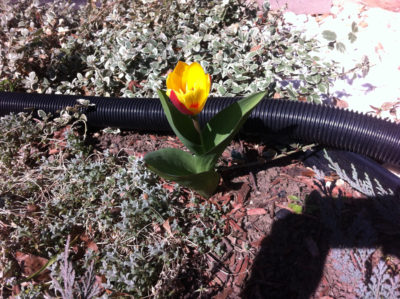 Why is citizen science important when talking about climate change? Through monitoring of several phenomena such as the dates of migration of birds or the blooming of plant species in the spring, it is possible to determine the impacts of climate change on our ecosystems. These dates being recorded by people across the world are accumulated by organizations such as Naturewatch. They have other programs such as Plantwatch, Frogwatch, and Icewatch (https://www.naturewatch.ca/). The recording of dates of events such as blooming of flowers is called phenology. This data has helped determine that some species are now blooming earlier in North America.
Why is citizen science important when talking about climate change? Through monitoring of several phenomena such as the dates of migration of birds or the blooming of plant species in the spring, it is possible to determine the impacts of climate change on our ecosystems. These dates being recorded by people across the world are accumulated by organizations such as Naturewatch. They have other programs such as Plantwatch, Frogwatch, and Icewatch (https://www.naturewatch.ca/). The recording of dates of events such as blooming of flowers is called phenology. This data has helped determine that some species are now blooming earlier in North America.
The great part is that most of these activities are free, do not require specialized equipment and can be done by people of all ages. They can be quite interesting when done as a family or with friends or in a class and people can learn a lot about their own environment through them. So, why not take a few minutes to observe Mother Nature and record a few things for research?
Photo caption: A few photographs captured by local residents of nature in their own backyard.

